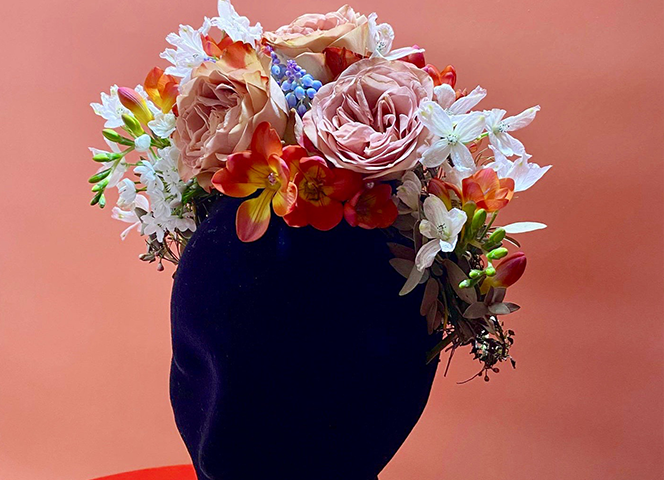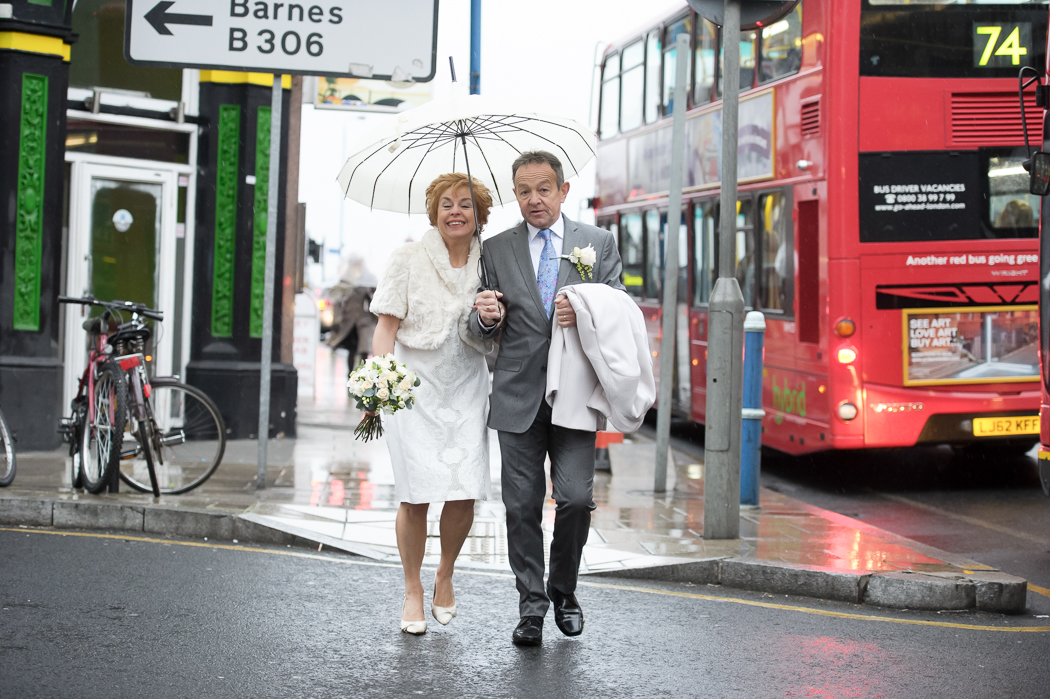The tradition or custom of wearing flower crowns is very old. The first recorded images are from the Hellenistic period in Egypt, specifically we are talking about the Fayum portraits, dated between 120 and 140 BC. In these portraits it can be seen that it was not only the women who wore them but also the men. It is believed that its use was both festive and funerary.
Previously, the Olympic crowns are known, which were the distinction that was awarded to the winners in the Olympic Games held by the ancient Greeks in the city of Olympia. It consisted of a fence of olive branches, cut with a gold knife in the hands of a 12-year-old boy whose parents were still alive. Champions were also proclaimed heroes in their cities. Later the olive wreath became the laurel wreath.
Also, during the same period, it is known that throughout the Mediterranean, both men and women wore orange blossom crowns that represented purity on festive occasions, including weddings.
MYTHOLOGY
Daphne and Eros in the art of shooting arrows.
Eros, annoyed by Apollo’s arrogance, devised revenge on him and for this he threw a golden arrow at him, which caused immediate love to whoever he wounded.
He also wounded the nymph Daphne with a lead arrow, which caused love rejection. So when Apollo saw Daphne one day, he was lovingly wounded and set off in pursuit. But Daphne, who suffered the opposite effect, fled from him. And the nymph ran and ran until, exhausted, she asked her father, the river-god Ladon, for help, who determined to turn Daphne into a laurel.
When Apollo reached Daphne, she began the transformation: her body was covered with bark, her feet were roots that dug into the ground, and her hair was filled with leaves. Apollo hugged the tree and began to cry. And he said: “Since you cannot be my wife, you will be my favourite tree and your evergreen leaves will crown the heads of the people as a sign of victory.”
SMELLS GOOD
Since the Middle Ages and almost until the last century, people did not have the habit of bathing and grooming properly, so flowers acquired a very important role, more for their smell than for their beauty.
We find many in the painting referring to flower crowns. These can represent purity or abundance in the purest bacchanalian style.
For thousands of years, around the world, there is evidence of the use of flower crowns for different purposes.
FLOWER POWER
And we skip several centuries to reach the famous’ 60s, the hippie movement and its greatest exponent at the Woodstock festival.
It was the time of the Vietnam War and many young people were against it. The peace, drugs and music movement emerged.
The flowers represented nature, the approach to the earth and the basic principles of peace and love.
“If you’re going to San Francisco be sure to wear some flowers in your head …”
With the rise of summer festivals, flowers returned to the fore. They do not have a precise symbology, other than to enhance the beauty.
During the last two decades we have seen many women use them for celebrations, almost always in the same style. Either the finite ones with a romantic air or the big ones with a more summery and tropical air.
WEDDINGS AND COMMUNIONS
Flowers for the bride have been used since ancient Greece.
It is believed that they were used in celebrations and weddings to ward off evil spirits and out of superstition. Later, it became a practical matter, as we have already discussed. The wreaths and bouquet of flowers smelled good and each flower was associated with a type of meaning. These exalted the idea of purity of the bride.
The same happens with floral crowns for girls, in celebrations and in communion. They are usually very thin crowns with a sweet and romantic air.
This post was originally shown on the So Blooming Beautiful website here. They are an exhibitor on the WeddingShow247 Florist floor of the Decor Hall. You can visit their WeddingShow247 exhibition stand here.







